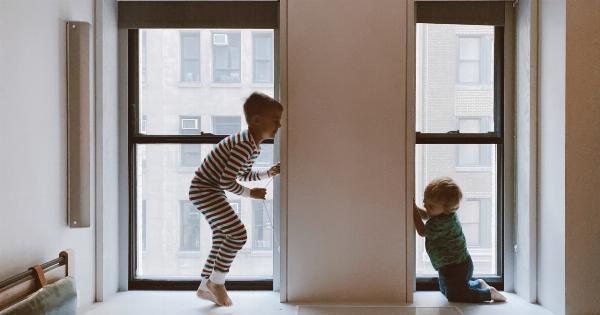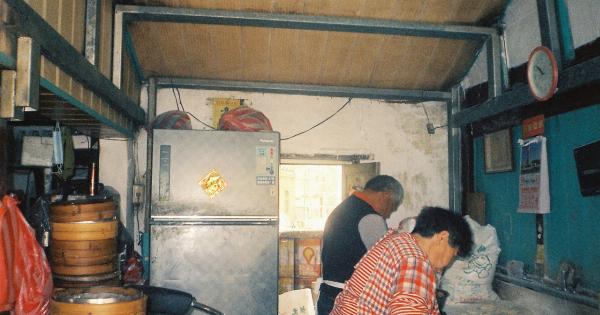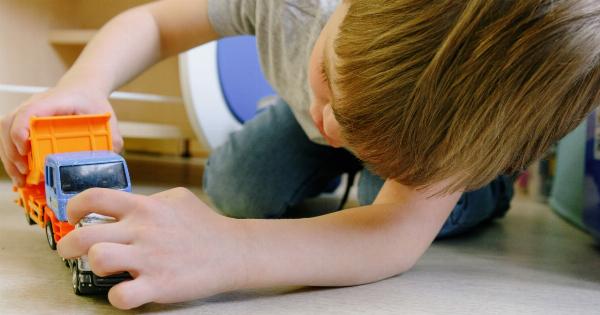Keeping your little ones safe at home is a top priority for every parent. Childproofing your home is an essential step in creating a secure and accident-free environment for your children.
From the moment your baby starts exploring their surroundings, it becomes crucial to take measures to prevent common accidents. In this article, we will provide you with practical tips and guidelines to childproof your home effectively.
1. Start with the Basics
Begin by walking through your home and identifying potential hazards. Get down to your child’s eye level to have a better understanding of what they might encounter.
Look for sharp corners, uncovered outlets, dangling cords, and any small objects that could pose a choking hazard. Take note of low furniture pieces that a child might climb on, heavy objects that are within reach, and potential hazards in the kitchen and bathroom.
2. Secure Furniture and Electronics
Children are naturally curious and love to explore their surroundings. Unsecured furniture, TVs, and electronics can tip over and cause serious injuries.
Anchor heavy furniture pieces, such as bookshelves and cabinets, to the wall using brackets or straps. Secure TVs and other electronics with anti-tip straps. Make sure cords are out of reach or properly secured to prevent tripping hazards.
3. Install Safety Gates
Installing safety gates can prevent your child from accessing off-limits areas of your home, such as staircases, balconies, or rooms with potential hazards.
Choose gates that are specifically designed for babies and toddlers, and ensure they are properly installed and secure.
4. Cover Electrical Outlets
Exposed electrical outlets are extremely dangerous for young children. Install outlet covers or childproof safety plugs on all reachable electrical outlets. These covers prevent children from inserting objects into the outlets and getting electrocuted.
5. Use Corner and Edge Guards
Sharp corners and edges on furniture, countertops, and other surfaces can result in painful injuries. Protect your child by using corner guards or edge bumpers.
These soft and cushioned materials can be easily attached to furniture or surfaces to prevent head or body injuries.
6. Lock Cabinets and Drawers
Cabinets and drawers contain various potentially harmful items like cleaning products, sharp objects, and choking hazards.
Use childproof locks or latches to secure cabinets and drawers in the kitchen, bathroom, and any other areas where dangerous substances are stored. This will prevent your child from accessing these harmful items.
7. Keep Small Objects out of Reach
Ensure that small objects are kept safely out of reach of young children. Small toys, coins, buttons, batteries, and other tiny items pose a significant choking hazard.
Regularly inspect your home for any potential hazards and always keep an eye out for small objects that may have been left within reach.
8. Secure Windows and Doors
Windows and doors can be dangerous for children if left unsecured. Install window guards or window stops to prevent falls from heights. Keep windows locked or restrict their opening distance to a safe level.
Secure doors with childproof locks or doorknob covers to prevent your child from wandering outside unsupervised.
9. Use Cordless Window Coverings
Cords from blinds or curtains can pose strangulation hazards for young children. Replace corded window coverings with cordless alternatives to eliminate this risk.
If cordless options are not feasible, ensure that cords are well out of your child’s reach or use cord safety devices to keep them securely fastened and out of harm’s way.
10. Be Mindful of Water Safety
Drowning is a major concern when it comes to child safety. Never leave your child unattended near water, whether it’s a bathtub, a bucket, a swimming pool, or any other water source.
Install safety latches on toilet lids and keep bathroom doors closed at all times. Consider placing barriers around pools and using alarms to alert you if a child accesses the pool area unsupervised.
Childproofing your home is an ongoing process. As your child grows and develops new skills, reassess your home and make necessary changes to ensure their safety.
Remember, there is no substitute for adult supervision, so always keep a watchful eye on your little ones, even in a well-childproofed home.





























